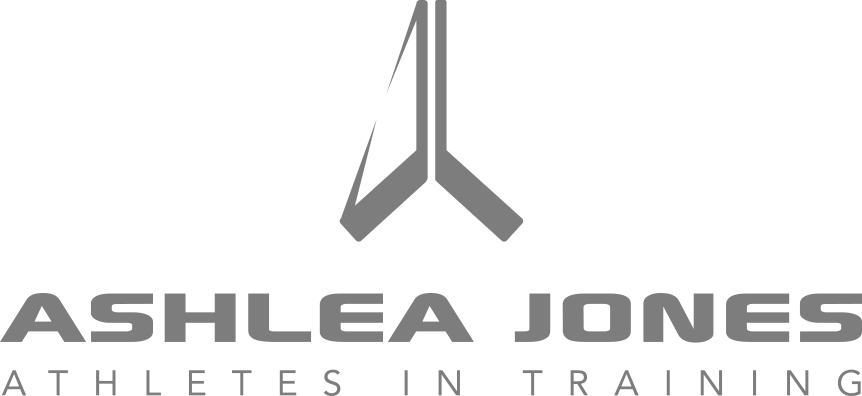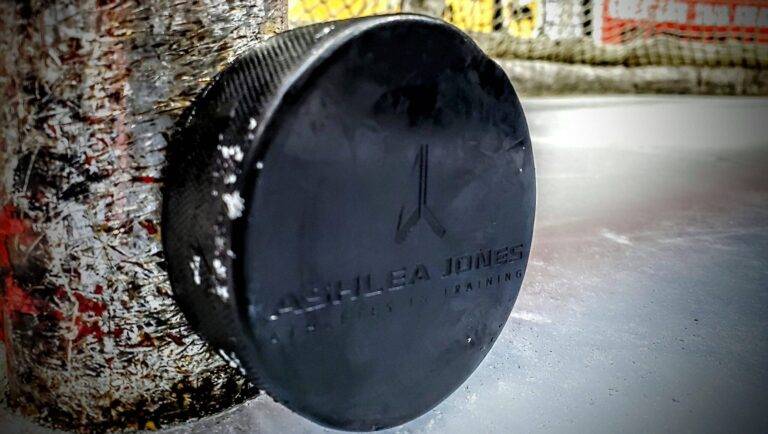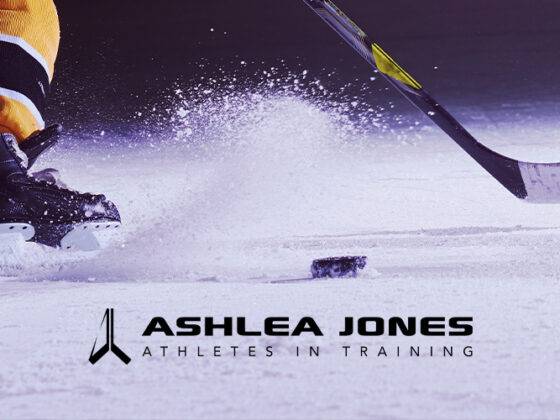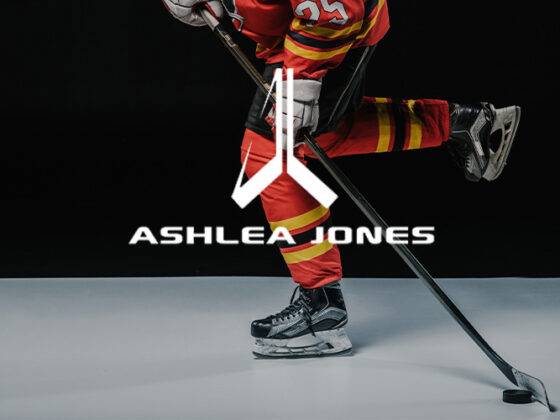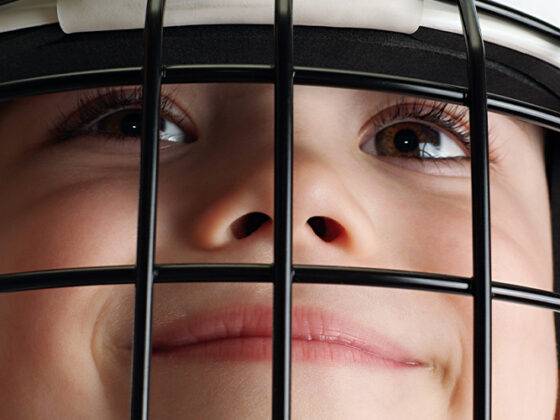Parent’s Guide to Technical vs. Fun-Only Hockey Training
As a parent, choosing the right hockey training approach for your child can feel overwhelming.
You want them to improve their skills, but you also want them to love the game. The good news? Technical training and fun don’t have to be mutually exclusive.
The most effective hockey development combines structured skill-building with engaging activities that keep young players excited about hitting the ice. Understanding this balance will help you make informed decisions about your child’s hockey journey.
What Is Technical Training?
- Skating mechanics: Proper stride, edge work, stopping, and turning
- Puck handling: Stickhandling, passing accuracy, and shooting technique
- Positional play: Understanding where to be on the ice
- Game awareness: Reading plays and making quick decisions
Technical training typically involves repetitive drills, detailed skill focus, and detailed feedback from coaches. Players work on specific skills until they become automatic responses.
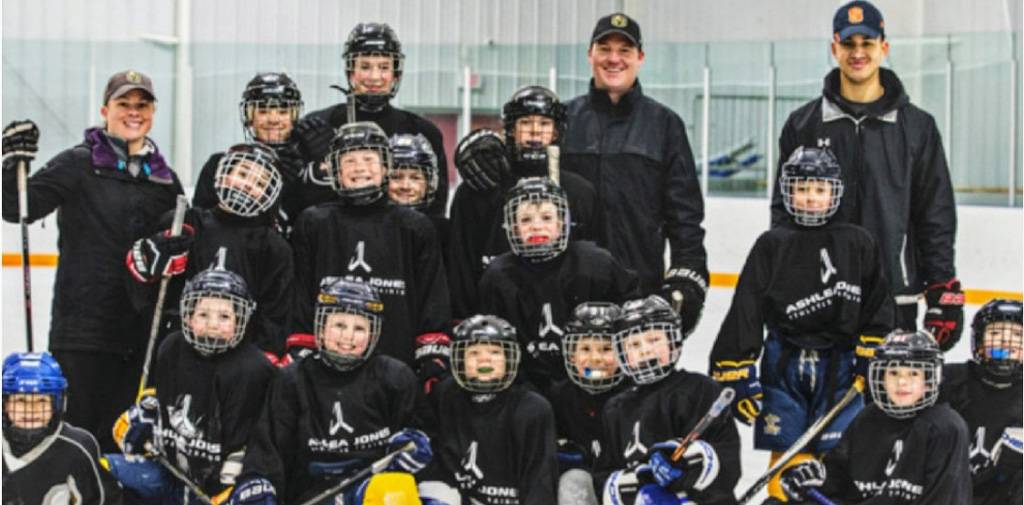
What Is Fun-Only Training?
- Small-area games that feel more like playing than practicing
- Creative activities that keep players engaged and moving
- Less structure with more freedom to experiment
- Focus on participation rather than performance
While fun-based training keeps kids engaged, it may not provide the systematic skill development needed for long-term improvement.
Age-Appropriate Development Stages
Ages 4-6: Foundation Through Play
At this stage, hockey should feel like organized play. Children learn basic skating, stick handling, and shooting through games and activities. The primary goal is building comfort on ice while developing a love for hockey
Ages 7-9: Skill Introduction
Players can handle more structured activities while still needing plenty of fun elements. Technical skills are introduced through engaging drills that feel like games. This is often called the “golden age” for learning fundamental movements.
Ages 10-12: Technical Development
Players can absorb more technical instruction while maintaining enthusiasm. They begin understanding positional play, system concepts, and more complex skill combinations. The balance shifts toward more technical work while preserving enjoyment.
Ages 13+: Advanced Technical Focus
Older players can handle intensive technical training with less need for purely fun activities. However, maintaining engagement remains important to prevent burnout.
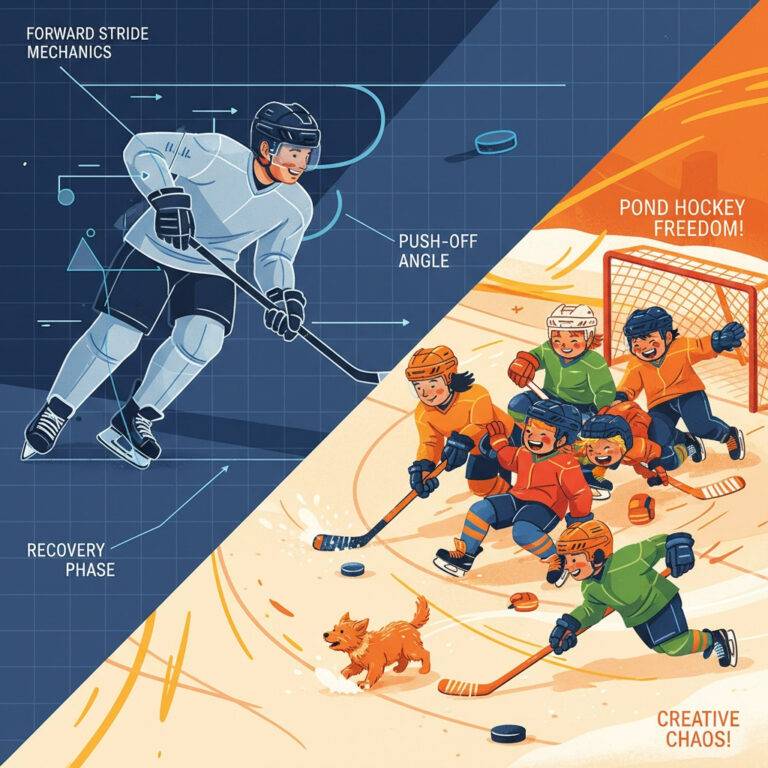
Benefits of Technical Training
Faster Skill Development
Structured technical training accelerates skill acquisition. Players develop proper technique from the beginning, avoiding bad habits that are difficult to correct later.
Safety Improvement
Better skating technique and body control reduce injury risk. Players learn proper checking and positioning, making the game safer for everyone.
Long-term Success
Solid technical foundations support continued development as players advance through higher levels of hockey.
Confidence Building
As skills improve, players gain confidence in their abilities. This confidence translates to better performance and more enjoyment on the ice.
Benefits of Fun-Based Training
Maintains Interest
Fun activities keep young players engaged and excited about hockey. This enthusiasm is crucial for long-term participation in the sport.
Reduces Pressure
Less structured environments allow players to experiment and learn without fear of making mistakes. This reduces performance anxiety.
Develops Creativity
Fun-based training encourages creative problem-solving and innovative play styles. Players learn to adapt and think independently.
Social Development
Game-like activities promote teamwork, communication, and friendship among players.
Finding the Right Balance
The most effective approach combines both technical and fun elements, adjusted for each player’s age and development level.
For Younger Players (Ages 4-8)
- 70% fun activities, 30% technical instruction
- Embed skill development within games
- Keep sessions short and varied
- Focus on basic movements and ice comfort
For Developing Players (Ages 9-12)
- 60% technical training, 40% fun activities
- Introduce more structured drills
- Maintain game-like elements in technical work
- Begin systematic skill progression
For Advanced Players (Ages 13+)
- 80% technical training, 20% fun activities
- Focus on skill refinement and game application
- Include competitive elements
- Prepare for higher levels of play
Choosing the Right Program
When evaluating hockey programs, consider these factors:
Coach Qualifications
Look for coaches with proper certification and experience working with your child’s age group. Good coaches understand how to balance technical instruction with age-appropriate fun.
Program Philosophy
Ask about the program’s approach to skill development versus fun. The best programs clearly articulate how they balance both elements.
Practice Structure
Observe a practice to see the balance of activities. Effective sessions include warm-up games, technical skill work, and scrimmage time.
Player Development Focus
Programs should emphasize individual improvement over winning at younger ages. Long-term development requires patience and proper progression.
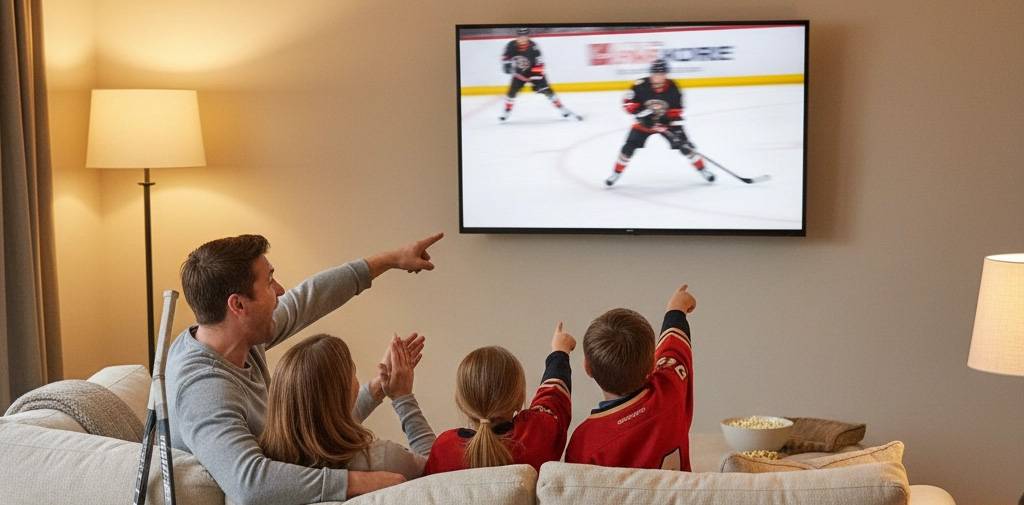
Practical Tips for Parents
Support the Process
Trust your child’s coaches and avoid coaching from the sidelines. Let players make mistakes and learn from them without interference.
Focus on Effort
Praise your child’s effort and improvement rather than just performance. This builds intrinsic motivation and resilience.
Communicate with Coaches
Ask coaches about your child’s development and areas for improvement. Most coaches appreciate engaged parents who support the program.
Practice at Home
Encourage skill development through backyard practice, road hockey, or stick handling in the basement. Make it fun and pressure-free.
Watch Hockey Together
Viewing games helps children understand strategy and see skills in action. Discuss what you observe to build hockey IQ.
Red Flags to Avoid
All Technical, No Fun
Programs that focus solely on drills without engaging activities often lose young players’ interest and can lead to burnout.
All Fun, No Development
While enjoyment is important, programs that avoid technical instruction limit players’ long-term potential.
One-Size-Fits-All Approach
Effective programs recognize that children develop at different rates and adjust instruction accordingly.
Overemphasis on Winning
Youth hockey programs focused primarily on winning often sacrifice proper development and player enjoyment.
Making the Decision
The right balance of technical and fun training depends on your child’s age, skill level, goals, and personality. Some children thrive with more structure, while others need more play-based learning.
Consider your child’s feedback about their experiences. Are they excited to go to practice? Are they improving their skills? Do they still love playing hockey?
Remember that hockey development is a long-term process. The goal is raising skilled players who love the game, whether they play recreationally or pursue competitive hockey.
At Ashlea Jones Athletes in Training, we understand this balance. Our private hockey training sessions combine technical skill development with engaging activities appropriate for each player’s development stage.
The best hockey training programs recognize that technical excellence and enjoyment work together, not against each other. By choosing programs that balance both elements appropriately for your child’s age and goals, you’re setting them up for a lifetime of hockey success and enjoyment.


